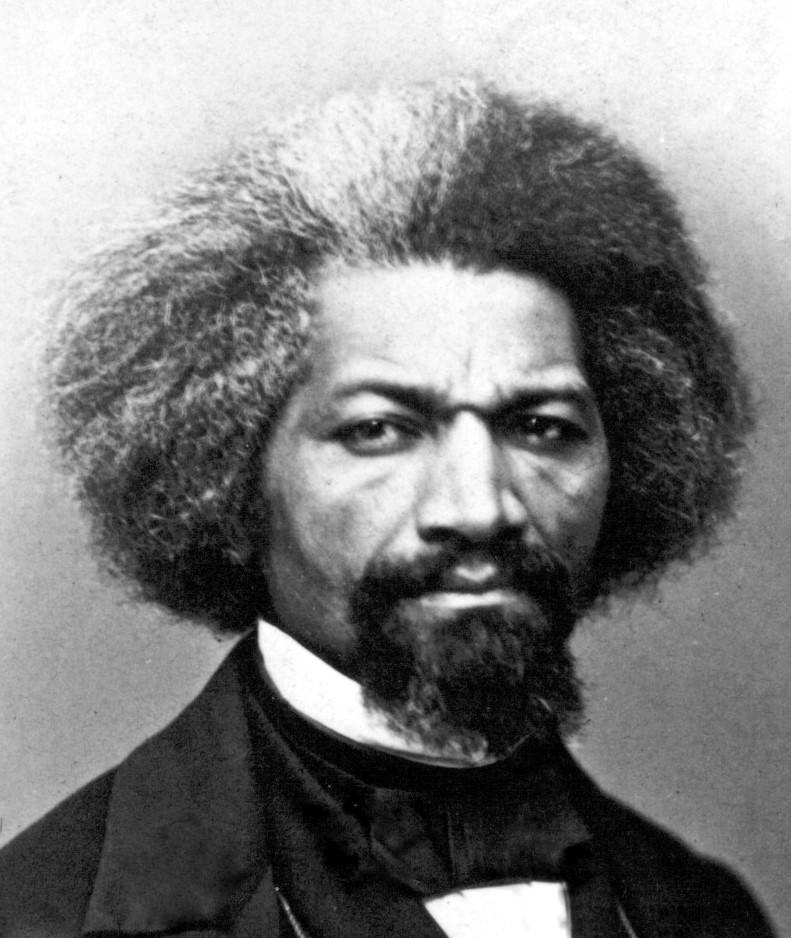I felt a bit more optimistic about this second cake trip going better than the first, however, because we had just had a wonderful cheeseburger for lunch (I had been craving one for about a month), I was sitting in the front seat, we were leaving with daylight to spare, we were with my favorite chauffeur Johnny, and the cake was about half the size and weight.
It seems as if everything and everyone who travels in Haiti must pass through Port-au-Prince. The capital is the economic center of Haiti, which has one of the fastest growing economies in the Caribbean. And as gas is precious, any day trip down Mon Kabrit (Goat Mountain) from Cange always has multiple objectives. One never knows who will be riding down or picked up along the way, what tasks will need to be accomplished and for whom, or how much time will be spent on any given to-do list item. This is just how it is on a typically unpredictable trip to Port-au-Prince...
Yes, there are tent cities in Port-au-Prince. Yes, though it doesn't compare size wise, there is also a tent city in Greenville, SC. But to only look at the current estimated population of tent cities in the capital (140,000) is to ignore the fact that over 90% of the almost 2,000,000 people living in tent cities just after the 2010 earthquake have moved out of such living conditions to more permanent housing. Incredible. Moving on.
So what is a day trip to Port-au-Prince like? Not at all like the previous day trip to Port-au-Prince.
The ride to PauP from Cange takes about 1 hour (it used to take 4 before the road was paved). But that really just gets you to the edge of the city. Once there, there's no telling how long it will take you to cross sections of the congested city. I always ride with a chauffeur--I'm not about to navigate the wild streets of the city, they intimidate me. When you reach Mon Kabrit on National Route 3, the edge of the Central Plateau, you can look out into the Plaine du Cul de Sac and the entire capital. Sometimes the smog and dust hides the taller mountains of the southern peninsula across the plain.
 |
| Port-au-Prince on a smoggy day. |
 |
| The Dominican Republic is out there somewhere. |
 |
| New construction! |
One can find almost anything in Port-au-Prince:
 |
| Vegetable Oil |
 |
| Assorted Alcohol |
Most people are generally friendly and willing to provide directions, in the distinctly non-specific Haitian way, so long as you say hello and ask how they are first.
Another sign that Port is the economic center of the country are all of the wild cargoes being carried in trucks and on the backs of motos. The most amazing feats I have seen involved an entire lottery building on the back of a pick-up and a mattress being carried between the driver and passenger on a moto. Despite all of this activity, sometimes Port seems like the land of "pa gen," which means, "we don't have it."
Then there are all of the billboards and ads going up--some of which are really clever. Here are some of my favorites:
 |
| "Let's choose peace, violence will destroy our life" |
 |
| "Evil doesn't have a horn"-an insurance company |
 |
| "Don't drink while you're driving"-Prestige That's a tap-tap being driven off a mountain. Notice the goat with its legs tied flying off the tap-tap. |
Tap-taps follow specific routes around Port or between other cities. It's a common form of transportation, along with motorcycles, or simply by foot. Those travelling by foot in the city seem to have no trouble commanding cars to stop for them simply by holding up their hand and walking.
Some other things common to see in Port are schools--seemingly on every block--loto stands, art for sale, art for beautification, and gas or water trucks delivering said liquids around the city. They're almost always leaking--and when following close behind one I'm always hoping it's water...
Driving around the city is a mix of narrow roads, some paved many not, and large wide boulevards. There are areas of seemingly endless cinder-block walls, random fields of crops, and dry river beds that come alive during a rainy season storm.
But once all purchases are made, packages delivered, and people found to return to Cange, we start the trek back out through the city, up Mon Kabrit and through the winding roads of the Central Plateau.
 |
| President Martelly's son is working on a new sports complex |
 |
| Brazil flags everywhere--WORLD CUP! |
 |
| Bringing down rocks from the mine to make cement blocks |
 |
| A yet to be fully inhabited, somewhat questionable development housing project |
 |
| Never a wasted trip |























